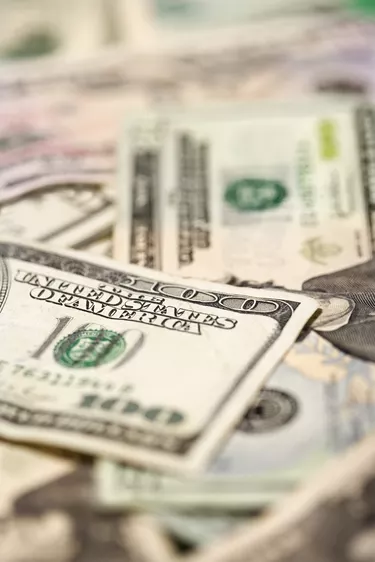
When the economy stumbles, the government can use interest rates to spur growth. During a recession, the government may lower interest rates significantly to encourage businesses to borrow and consumers to spend more money. But lowering interest rates can have some negative consequences as well, including poor returns on savings.
Easier Borrowing
Video of the Day
Lowering interest rates makes borrowing more affordable for both individuals and businesses. Individuals can take advantage of lower rates on credit cards and pay their debts more quickly. Businesses can take out loans to expand their offices and factories and hire more workers. That can in turn stimulate the economy and lead to more growth over time.
Video of the Day
Housing Stimulus
Lower interest rates make houses more affordable by reducing the percentage of income buyers must dedicate to mortgage payments. That allows those buyers to purchase more expensive homes than they could otherwise afford, while allowing lower-income shoppers to purchase a first home. That can have a stimulative effect on the housing market, especially during periods of weak economic growth or with an economy just coming out of a recession.
Punishes Savers
Low interest rates tend to punish the people who should be rewarded for their thrifty ways. When interest rates on home mortgages and credit cards fall, the rates on CDs and other savings vehicles fall as well. That can make it harder for savers, and retired persons, to generate the income they need to pay their bills. When rates are low, investors may also seek out riskier investments than they otherwise would, just to get a higher yield. That can lead to a loss of principal and can punish further those who have saved their money.
Limited Options
Keeping interest rates at a low rate for an extended period of time can reduce the number of options the federal government has to stimulate the economy. Lowering interest rates typically has a stimulative effect on economic activity because it makes money cheaper and encourages corporations to borrow and expand. But when interest rates are already low and the economy is still in bad shape, the government has fewer options to deal with economic problems going forward.